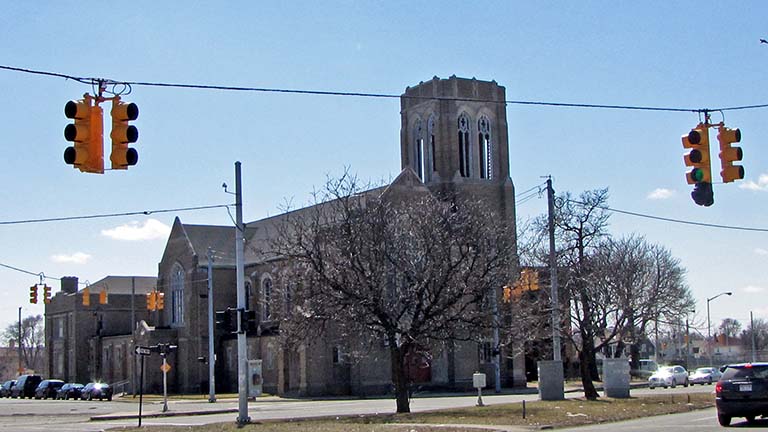

St. Matthias is often identified as the thirteenth apostle or the forgotten apostle. Very little is known about him. The teaching of the Christian Churches report that Christ’s apostle, Judas Iscariot, betrayed Christ to the Sanhedrin priests, an event that led to the crucifixion. For betraying Christ, Judas was paid thirty pieces of silver. Recognizing his grievous mistake, Judas felt remorse and apparently hanged himself.
The only place that Matthias appears in Sacred Scripture is a brief mention of him in the Acts of the Apostles. Sometime after the Assumption of Christ into heaven, a group of followers of Christ met and realized that they had an opportunity to restore their number of Apostles to twelve. There were two candidates Barsabbas, also mentioned to as Justus, and Matthias. After prayer and deliberation, a vote was taken and Matthias was selected to join the other apostles. So far as I know, there is no other mention of Matthias or account of his travels or activities in the canonical New Testament. There are, apparently, several mentions of Matthias in the Apocrypha. In the Coptic gospels there is mention that Matthias traveled to Ethiopia to preach Christianity. There is an historical marker in the nation of Georgia commemorating the burial site of Matthias so he may have also traveled there to preach.
In the Eleventh Century, the Roman Church added him to the list of officially recognized saints. I believe that he is also a recognized saint in the Eastern Orthodox churches. The name Matthias has been used by Roman Catholics and Episcopalians but rather infrequently for churches. Some saints are associated with particular causes or achievements. Some may consider Saint Matthias something as a patron of good luck since he was fortunate enough to win the election to join the other eleven apostles.
The Episcopalians built this marvelous and large Gothic church here in 1926 but the parish closed in 1978. Their records are now housed in the University of Michigan’s Bentley Library. I believe the building is now owned by Tabernacle Baptist.
Tabernacle Baptist was founded in November, 1920 by a group of African-American migrants from Georgia (USA) who came to the one West Side neighborhood that was open to blacks. This is where the city’s black Anglican Church, St. Cyprians, continues to operate. Many more blacks, at that post-World War I era, lived along Hastings Street on the east side. In the early 1920s, the Tabernacle Baptist congregation had sufficient resources to purchase three lots on Woodrow Street near Cobb. This was, however, a white neighborhood and the local residents eventually blocked the building of a church by African-Americans.
In the early 1920s, a German Lutheran congregation purchased land to build a church nearby at 6113 Beechwood. Apparently, they constructed a parsonage and began their church but ran out of funds just after they completed the foundation. In 1925, they sold their unfinished church to Tabernacle Baptist for $27,000. By 1928, Tabernacle erected the church that the Lutherans began. This served as their home for several decades. Alas, I do not know when they secured the Gothic structure that had been Saint Matthias Episcopal.
Architects: Verner, Wilhelm and Moloby
Architectural Style: Gothic
Date of Construction: 1926
Use in 2014: Tabernacle Missionary Baptist Church
Website for current owner: tmbcdetroit.org
City of Detroit Designated Historic District: Not listed
State of Michigan Registry of Historic Sites: Not listed
National Register of Historic Places: Not listed
Photograph: Ren Farley April 5, 2012
Description prepared: April, 2012